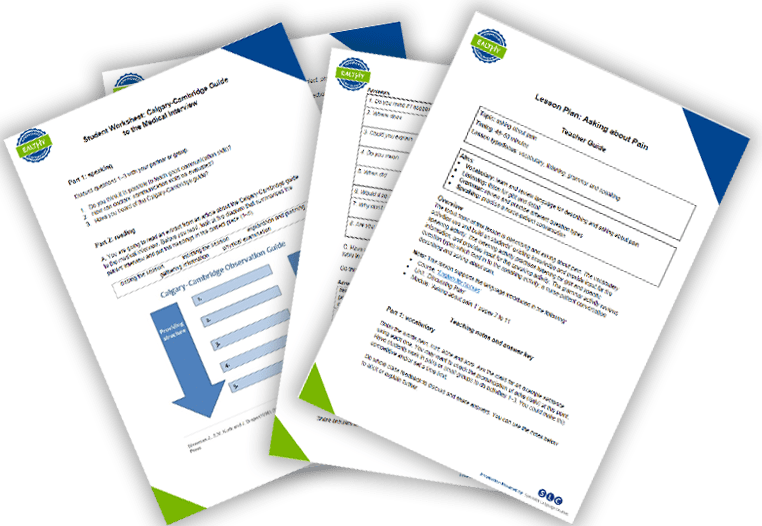
SLC win Ufi grant to develop AI language learning app for social carers
We’re delighted to have won a grant from Ufi VocTech Trust to develop an AI-driven technology solution that provides cheap phone-based language and communication skills

This lesson plan teaches the language used to describe the heart and cardiovascular conditions.
B2-C1 level
● Topic: Describing cardiovascular conditions
● Timing: 45 minutes
● Lesson type/focus: reading and writing
● Reading: develop language associated with the heart.
● Vocabulary: develop language needed to describe cardiovascular conditions.
● Writing: consolidate and extend language use through writing.
The focus of the lesson is describing cardiovascular conditions. The speaking activity introduces the topic and gives students the opportunities to share their current knowledge and vocabulary on the topic. The reading activity and subsequent activity develop students’ vocabulary on the heart and associated cardiovascular conditions. The writing activity allows the students to put the vocabulary into practice and describe heart attacks using language appropriate for a patient.
Note: this lesson supports the language introduced in the following:
Put students into small groups and ask them to discuss questions 1 – 3. Choose a spokesperson from each group to report back the answers. After whole class feedback, students read the link below to compare their answers.
Put students in pairs. Ask them to read the text and choose the correct answer from the two options given. Whole class feedback.
1. organ 2. pump 3. chambers 4. flows 5. lungs 6. oxygen 7. Valves 8. relax 9. fill
10. hard 11. contract 12. away 13. arterioles 14. capillaries 15. tissues 16. thin 17. lower
Students continue to work in pairs and complete the sentences with a word from the box. Students compare ideas with another pair.
1. endocarditis 2. thrombosis 3. electrocardiogram 4. phlebotomist 5. vasoconstriction
6. muscular layer 7. pericardial 8. myocardial infarction
Download the complete lesson plan and student worksheet:

We have many more available on our partner’s website. EALTHY is a unique international association for
English for Healthcare teachers, writers and researchers. It offers members a growing bank of lesson plans, OET resources, articles and research summaries, as well as free and discounted access to conferences, journals, publications and SLC courses!
Through our partnership, we publish at least three new plans in the EALTHY Members Area every week. So, if you’re a teacher looking for excellent resources, now is the time to join an international English for Healthcare community and take advantage of everything EALTHY has to offer.
Annual memberships are available for teachers and for institutions. We hope very much to see you there!
Get your monthly updates and latest materials on Medical English

We’re delighted to have won a grant from Ufi VocTech Trust to develop an AI-driven technology solution that provides cheap phone-based language and communication skills

We’re delighted to announce a partnership with leading Medical English app, Doxa.
